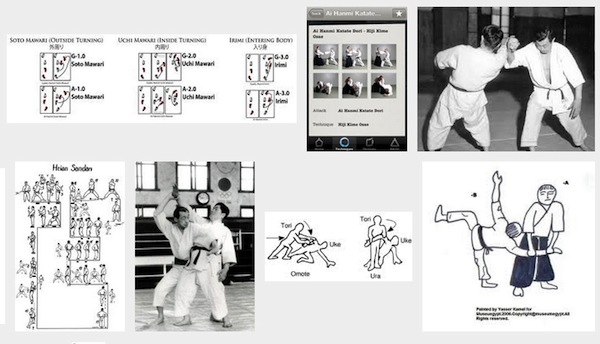
A good class is the basis for building insight for development, but there are many aspects that could be the focus of instruction; instructors tend to focus on teaching how to do, how to move, how have more power, how to use less strength, etc. The focus can also be, What can we learn about ourselves on the mat? How, in the “doing” of aikido can we develop and explore meaning beyond the motions?
O’sensei spoke about the philosophy of aikido as the main verbal instruction. O’sensei believed that aikido has the capacity to heal violence in the world but for this to be true, practice must be a method of understanding peace as well as developing peaceful self-defense techniques. The meaning of aikido and technical development of aikido can and should coexist on the mat. Technical development should focus on effectiveness as aikido must stand up as a budo, “a way to stop the spear.” Likewise Aikido must live up to its own name, if techniques do not embody harmony and reconciliation, then the action does not live up to the “Ai/合” of aikido. The character “合” is an ideogram of gathering multiple voices under the shelter of one roof, becoming one. This image goes beyond blending, avoiding, tying up, utilizing the energy of an attack with a technical response.
So, when we throw, pin, and apply the technique we need to focus on the feeling. If it feels like protecting, embracing, assisting and it works then we are developing better Aikido. If we view technical practice as representing relational connections and conflicts we can learn about ourselves, others, and the potential for developing a deeper connection between being and believing. We need to ask “Does the technique work?” and “Does doing the technique have the feeling of 合?”
